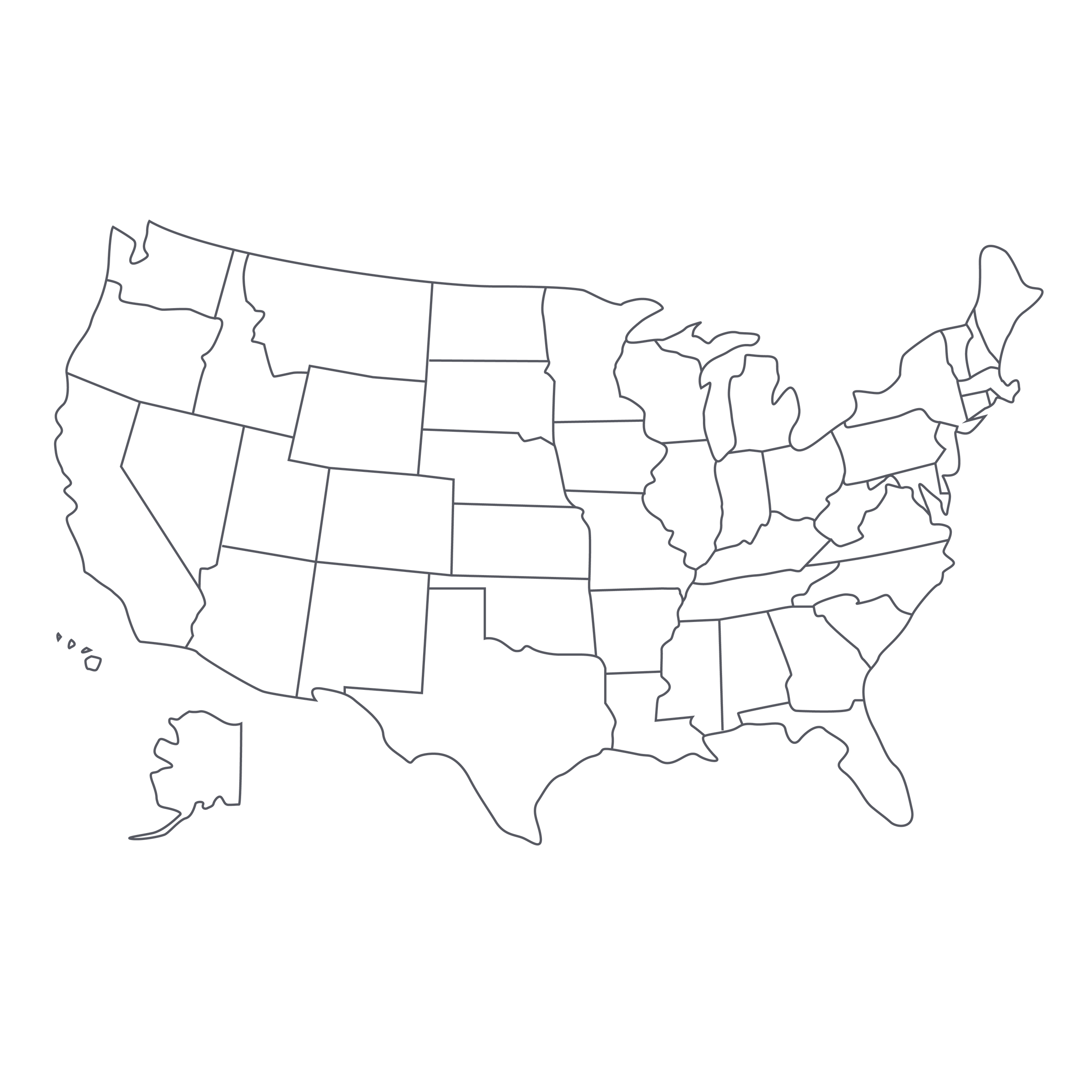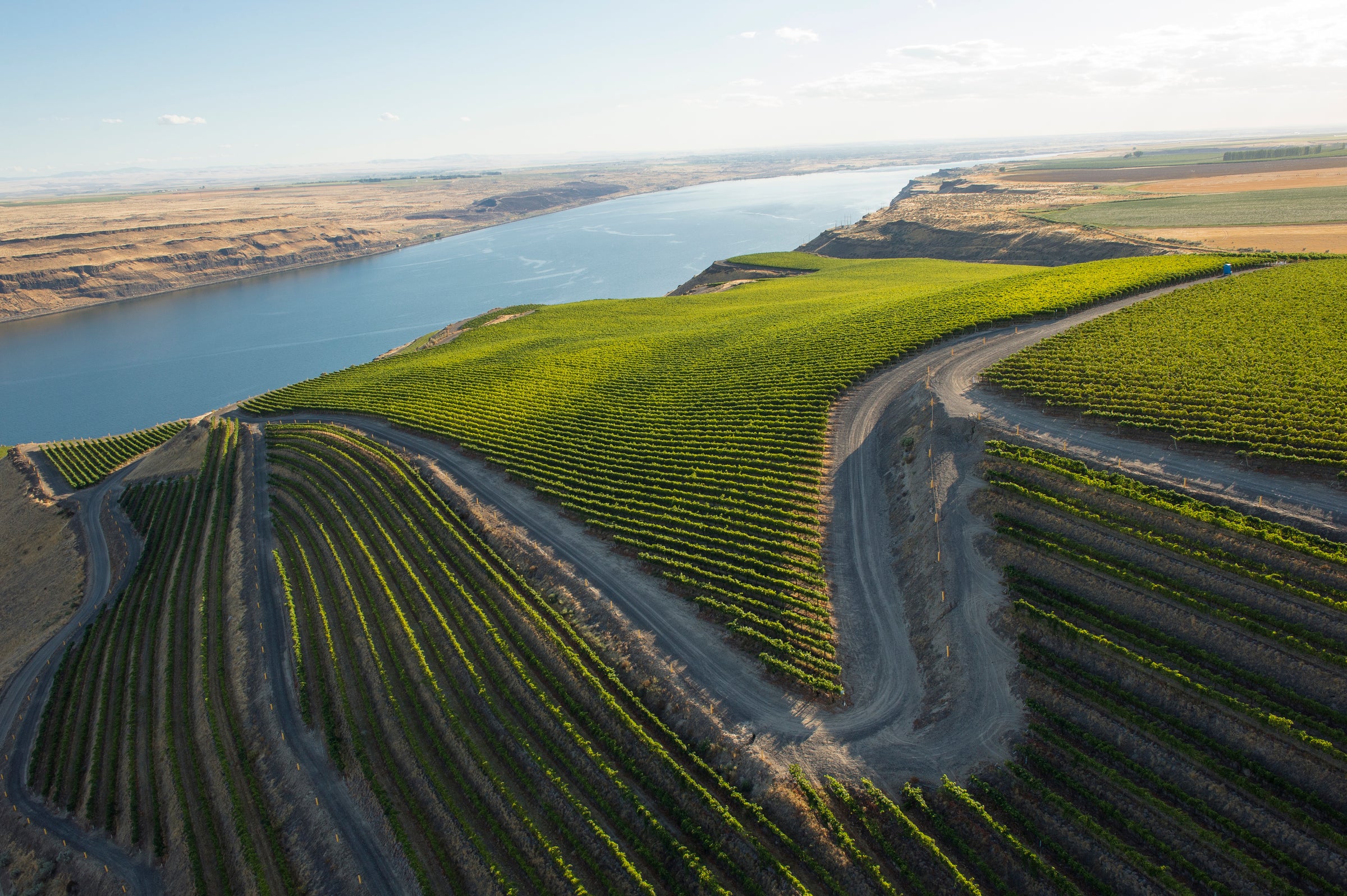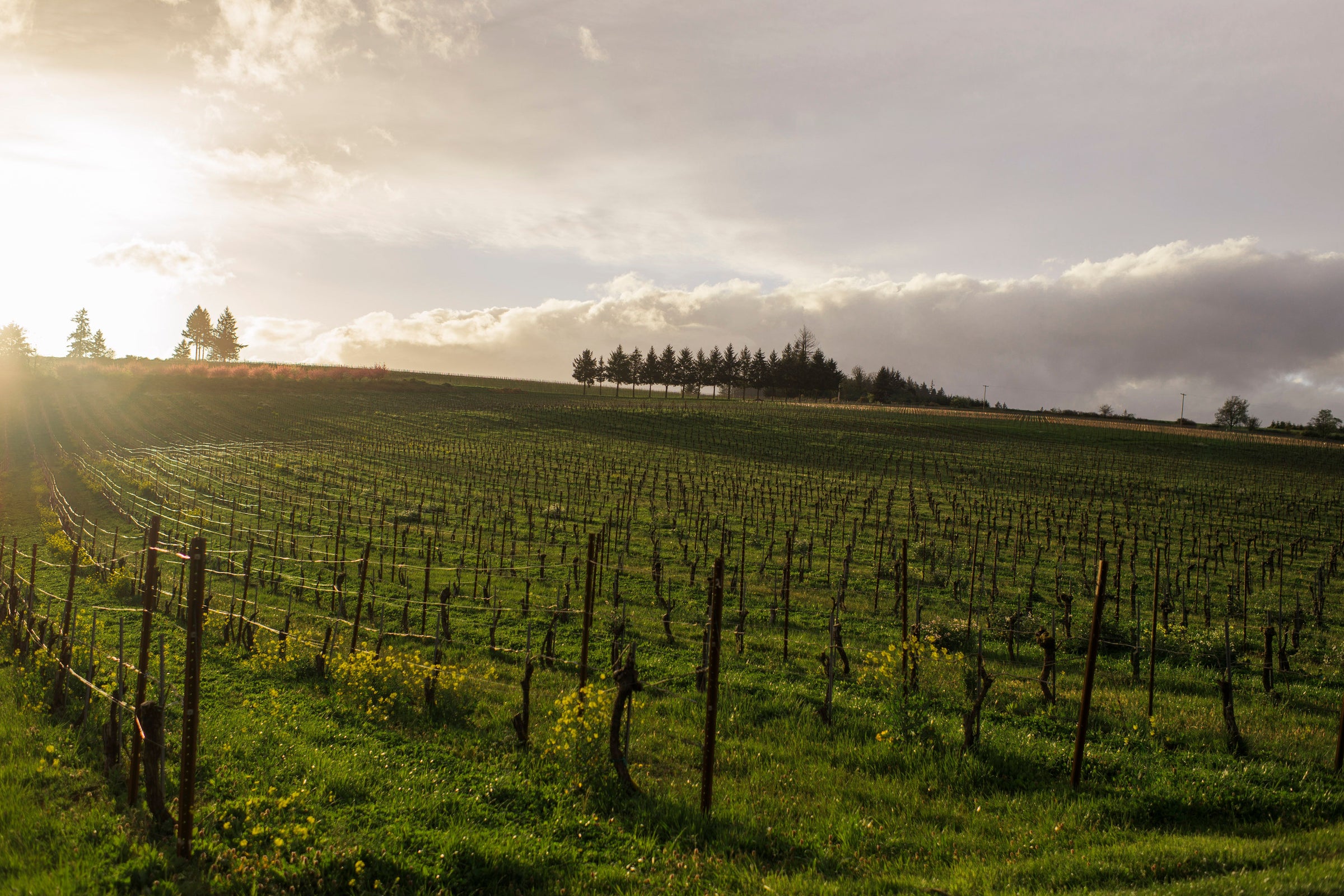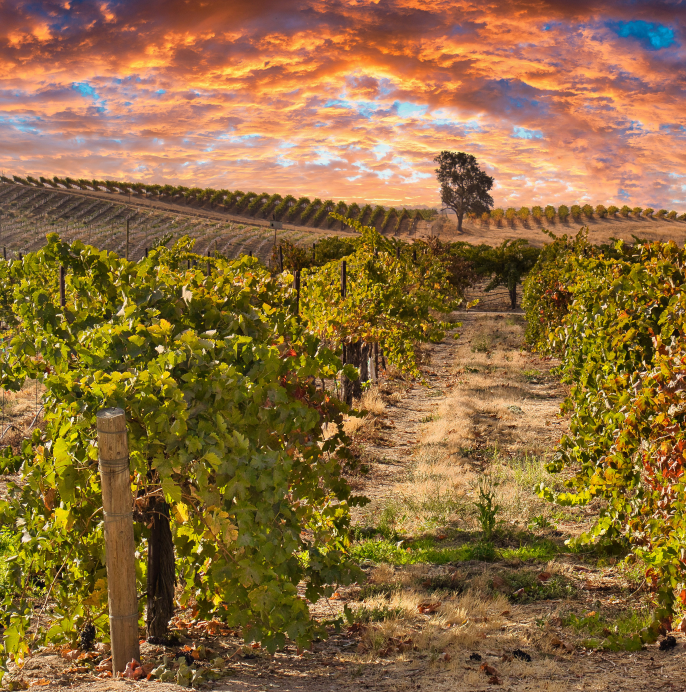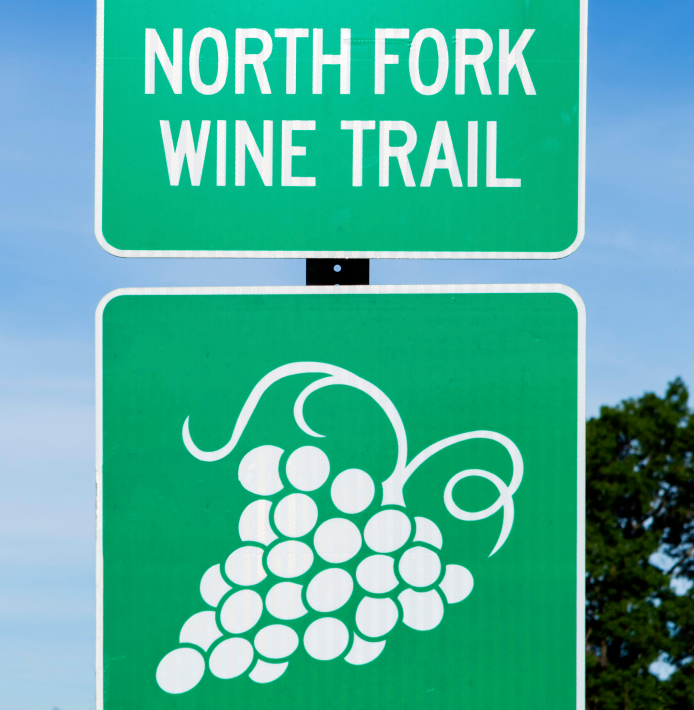When it comes to the 21st Century, one must be far removed from society to steer clear of Quilceda Creek’s unrivaled star power: Equipped with a shocking number of perfect reviews, their flagship Cabernet Sauvignon has become one of the most universally worshipped and coveted Holy Grails. Frankly, the world has rarely seen such a dominant and consistent performance—this isn’t hyperbole or opinion, it’s fact. Just take a gander at any critic’s review: the fanatical praise for Quilceda’s flagship Cabernet is truly unprecedented, with Robert Parker’s Wine Advocate handing it perfect scores as if they were quotidian greetings—five of their last 13 vintages were deemed flawless, an astounding feat that not even the First Growths of Bordeaux can match. Put simply, if you’re seeking the very best in terms of extreme quality, opulence, and unmitigated power, Quilceda Creek’s cult Cabernet Sauvignon is the final stop.
Because the winery sells out of each release almost instantaneously, we secured our tiny 2017 allocation well in advance to ensure availability and a fantastic price—one that’s far lower than the nearly $200 average. The army of critics has labeled it “aromatically brooding” and “exceedingly well-tailored” with “pleasure at every turn” and an “ever-evolving finish.” We simply call it a hedonistic showstopper. And, although we don’t have the quantity for it, we’re allowing up to six bottles per person to encourage the cellar aging (10-20+ years) it deserves. That said, don’t beat yourself up if you have the unavoidable urge to pull a cork now—it’s already firing!
In 1978, founders Alex and Jeannette Golitzin bonded Quilceda Creek in 1978 at the urging of Alex’s uncle, André Tchelistcheff, the emeritus “Dean” of California winemakers. Little did they know that this was the foundation of a global dynasty that would consistently earn the highest accolades in all of wine. Even their early vintages, which displayed irresistible dark fruit poured over a rigid, tannic scaffolding, and are still aging admirably today. But Quilceda Creek’s unequivocal success has not precluded a careful evolution in style. Gone are the knife-and-fork tannins from their early history. Instead, Alex and Jeannette’s son, Paul Golitzin, and his team are creating remarkable wines that still retain every bit of their original cellar appeal.
Quilceda Creek’s modern facility is as functional as it is beautiful. The winery comprises two large open spaces where every single piece of equipment can be moved around by forklift. Expanded in 2011, the cellar incorporates state-of-the-art technology that initially raised some eyebrows. Rather than traditional pumping over to mix fermentations, Paul Golitzin and co-winemaker Alex Stewart opted for an air-pulse system in which strong bursts of air enter the tank from underneath the cap (the layer of grape skins floating at the top) in order to raise it slightly and allow the unrestricted movement of juice. This gentle method results in finer extraction of color, tannins, and flavor. In Layman’s terms: silkier, more luxurious Cabernet Sauvignon!
But of course, the premium source of the fruit also plays a significant role. The majority of today’s Cabernet Sauvignon comes from the world-famous Champoux Vineyard in Horse Heaven Hills AVA. First planted in 1972, this sprawling site is celebrated as one of Washington’s finest, with a semi-arid desert climate—typical of eastern Washington—and sandy loam soils. The other three vineyard sites blended into today’s flagship wine are Lake Wallula, Palengat (adjacent to Champoux), and Wallula. Sustainably farmed grapes are manually harvested and élevage is completed in 100% new French oak for 20 months, which adds further complexities to the lush core of fruit.
A few swirls of this Stygian crimson-colored Cabernet reveals just how dense and powerful it is: intoxicating liqueurs of black cherry, raspberry, and cassis roar out, followed by plum pie, candied violet, sweet spice, crushed graphite, cigar box, lead, vanilla bean, and cacao. As for the palate? Quilceda Creek’s 2017 is a master class on extracting both richness and energy, so if it’s luxuriously robust Cabernet you’re after, this will put you in a blissful stupor. Given a minimum two-hour decant, this full-bodied tour de force thunders across the palate with immensely creamy layers of rich black and blue fruit and a finessed core of earth and spice. It’s not for the faint of heart, it’s for the hedonists and those who want the most texture and breadth out of every sip of wine. How they’re able to make this ‘17 so incredibly enjoyable/accessible right now is beyond me, but don’t mistake it for a Cabernet with a short-lived cellar life! I expect its prime drinking window to open around its sixth birthday, but it’ll keep evolving gracefully over the next 10-20. We hope you enjoy this opulent and world-class cellar collectible!
